Lure to Bonnal
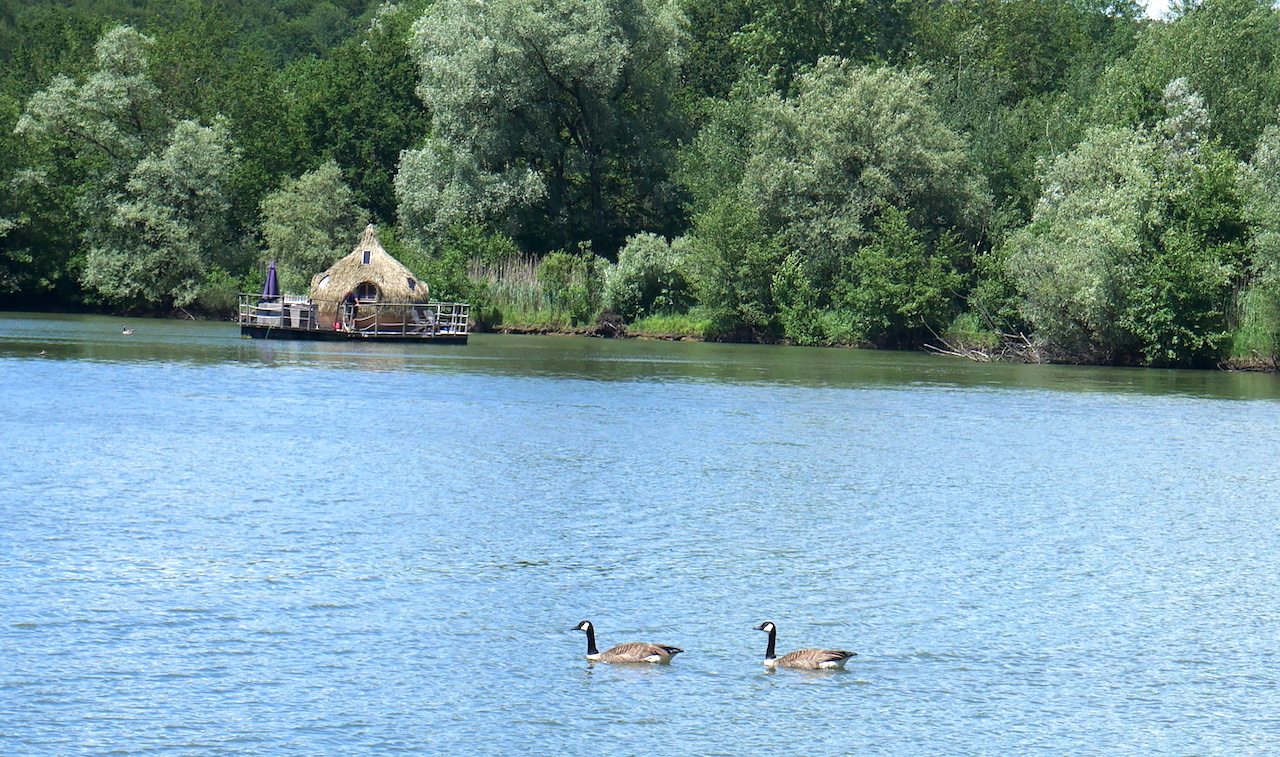
Bourgogne-Franche-Comté
2. Lure to Bonnal
Medium
7h
27,2km
+229m
-265m
Step
Embed this item to access it offline
You leave Lure for a walk in the Haute-Saônoise countryside, the road takes a cycle path that you will leave for the last kilometre. Discover the landscapes of Haute-Saône and take the time to visit Villersexel and its history. A few abandoned stations, gatekeeper's houses, transformed into residences, and renovated bridges are witnesses to the old railway line.
8 points of interest
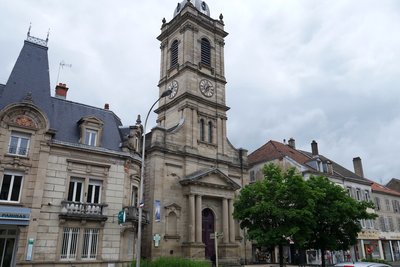
L’église Saint Martin de Lure - Amis saint Colomban TouristSaint MSt. Martin-Kirche in Lureartin's church in Lure
The parishioners of Lure had gathered in the church of Saint-Martin since the 16th century. After a fire in 1720, it was rebuilt in 1740. The high altar and side altars come from the abbey church, adjoining the Provost's residence and destroyed in 1796. A very beautiful 18th century organ, engraved with the arms of the abbey of Lure and Murbach, as well as several relics.
Two urns, located in the Perseverance Chapel, contain the bones of Saint Valbert and Saint Martin on the one hand, and Saint Desle and Saint Colomban on the other.
Go around the church to discover the chapel of Perseverance. It is the last vestige of the 16th century church destroyed by a fire in 1720 which destroyed the church except for this part which supported the bell tower at the height of the transept. Nowadays it is used as a sacristy.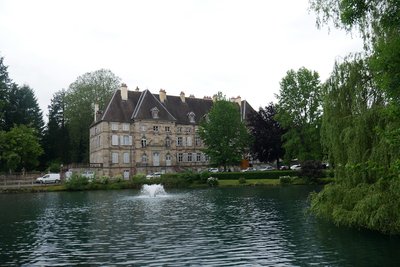
Le lac de la Font à Lure - Amis saint Colomban TouristThe Font Lake in Lure
Lac de la Font is a resurgence of the Ognon, the river that waters Lure and that you will discover in the following stages. Very full of fish, it was perfectly suited to the monks of the abbey. Initially the lake did not have this regular shape: larger and with arms, it participated in the defence of the abbey by surrounding it with an arc of a circle. It was also used as a reservoir to fill the ditches protecting Lure. It took on its current shape when the abbey was destroyed during the Revolution and the surrounding marshes were cleaned up.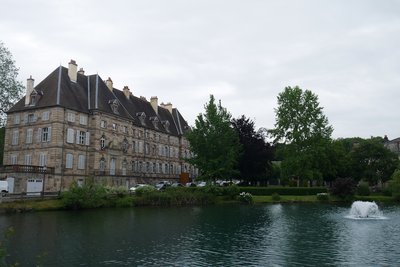
Ancienne demeure du prévot de l'abbaye de Lure devenu sous-Préfecture après la Révolution - Amis saint Colomban St ColumbanNotre-Dame de Lure Abbey
If the separation of the monk Desle from his fellow scotsmen is attested in the Vita Columbani, the date and the reasons for the foundation of the abbey of Lure remain to be determined.
The settlement on a mound near a natural resurgence, La Font, is confirmed by medieval treatises.
The Abbot, prince of the Holy Roman Empire, was an independent ruler, supported by the Emperor and the German princes. Over the centuries, successively plundered, burnt and ruined by the Counts of Montbéliard, the Dukes of Burgundy and the kings of France and Spain, the land of Lure suffered harsh assaults.
Over the centuries land was exchanged between the abbeys of Lure and Luxeuil.
In 1796, the beautiful abbey church adjoining the abbey was sold stone by stone. The residence of the Provost Marshal became the Hôtel de la Sous-Préfecture.
At the time of the Concordat, canons built the beautiful chapter houses almost adjoining the Abbey and which are the current buildings on rue Kléber. The Prévot's residence, occupied by the Sub-Prefecture, is the only vestige of the illustrious abbey.
Statue du Sapeur Camenbert en centre-ville de Lure - Amis saint Colomban TouristGeorges Columb Sapper Camenbert
At the end of the 19th century, Georges Colomb made his hometown famous by making the comic strip Sapeur Camenbert de Lure, published in Le Petit Français illustrated in the form of a serial.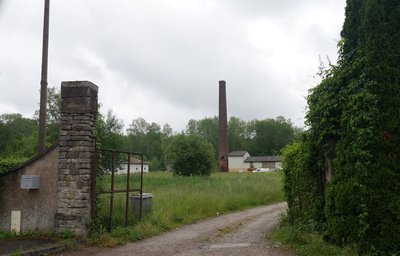
Vestiges de l’ancienne usine de Gouhenans - Amis saint Colomban HistoricalThe Gouhenans collieries and salt mines
The Gouhenans factories mined and processed rock salt and pyrite ore from 1831 to 1945, as well as coal from 1828 to 1921, resources present at the same geological level. Coal was discovered in the 18th century and salt was discovered during coal mining, which reduced the cost of processing brine into salt.
A glassworks will be created at the beginning of the 20th century. Gouhenans will be an important industrial centre until the middle of the 20th century and after a political scandal the factories will close in 1955.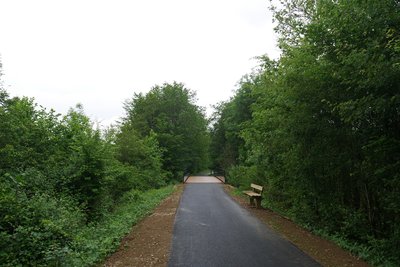
Inaugurée en 2019 la Voie Verte propose une découverte des paysages de la Haute-Saône. - Amis saint Colomban TouristThe old railway line from Lure to Besançon " Voie Verte "
At the end of the 19th century rail transport was booming. The department of Haute-Saône was crossed by the Paris-Basel line, "tacots" were used to export crops from remote rural areas. A passenger line between Besançon and the centre of the department was built, it was also used to transport manufactured goods within the department but also the army.
The majority of your stage takes place on this old railway line which has become a cycle track. This walk will be embellished by old stations, depots, gatekeeper's houses, stone platforms, some buildings are reused as in the Val de Gouhenans and others await a new destiny as the station of Villersexel. Bridges are redesigned to span rivers and marshy areas with their fauna and flora.
Attention pedestrians: long straight lines allow cyclists some excesses.
Eglise Saint-Nicolas de Villersexel - Amis saint Colomban TouristChurch of St. Nicholas of Villersexel
The church, dedicated to Saint Nicholas, was rebuilt between 1755 and 1758. It is surmounted by a Comtois bell tower "à l'impériale" with glazed tiles dating from 1780 and houses a pulpit and two 18th century altarpieces.
The church can be visited during guided tours at the Tourist Office in summer, or by appointment for groups.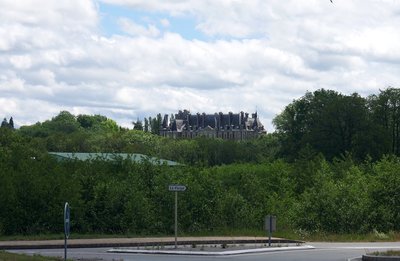
Château de Villersexel, vue depuis la Via Colombani - Amis saint Colomban HistoricalVillersexel Castle
Villersexel has had several castles. A medieval fort whose location is not known was destroyed in the 13th century. The second fortress fell in 1636 during the Ten Years' War.
In 1699, the de Grammont family bought the land of Villersexel and its castle, which they had modernised by the architect Robert de Cotte. This large residence was destroyed by fire during a bloody battle that took place on 9 and 10 January 1871, pitting the French troops of General Bourbaki against those of the Prussian General Von Werder. Around 1880, the de Grammont family decided to rebuild a new castle set back from the original site by the architect Eugène Danjoy.
It was built in the neo-Louis XIII style with asymmetry of the east and west wings to simulate the age of the castle and mark the difference in function of each part. The interior of the castle has retained its 19th century appearance. One can admire paintings and objets d'art as well as a set of Gobelins tapestries.
Description
Leaving the church of Saint-Martin de Lure, turn right, first street on the left, rue de la Font, third street on the left, bypassing the former prison, avenue Fernand Scheurer, rue du Square de la Gare.
- Go around the roundabout on the left, rue de la Gare immediately turn right to cross the railway, on the right, rue de la Métairie
- Third street on the right, chemin de la Forêt, impasse de la Forêt
- At the crossroads turn right and then left on the Voie Verte for 23 kilometres.
- After passing Pont-sur-l'Ognon, at the exit of the Bois de Cassagne, turn right towards Bonnal, Route de Pont-sur-l'Ognon and turn right towards the church.
- Departure : Saint Martin's Church, 47 Avenue de la République, 70 200 Lure
- Arrival : St. Valère Church, Chemin de l’Église, 25 680 Bonnal
- Towns crossed : Bourgogne-Franche-Comté
Altimetric profile
Report a problem or an error
If you have found an error on this page or if you have noticed any problems during your hike, please report them to us here:








